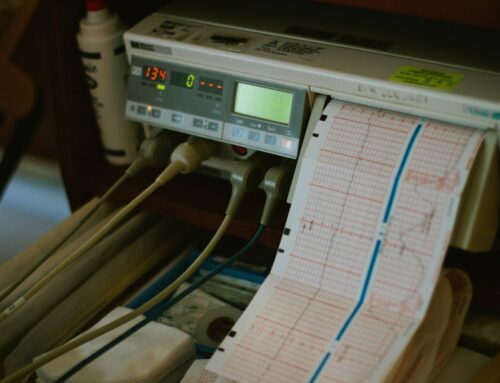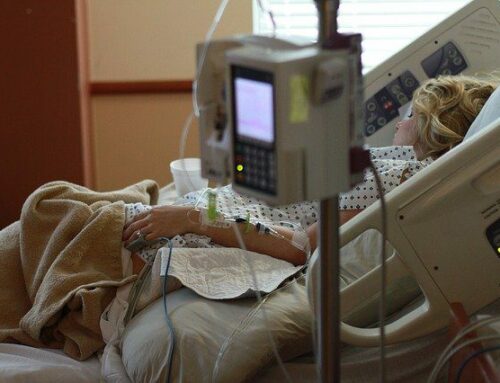A Deep Vein Thrombosis (or DVT) is a blood clot that occurs within a deep vein. This commonly occurs in the leg or calf, but it can occur in any area of the body. This clot limits the blood flow to the area, often resulting in pain and tissue damage.
A DVT can result in severe injury, and in many cases fatality, should part of the clot break off and travel to another part of the body. In many cases, a DVT will result in a pulmonary embolism should the piece of clot travel to the lungs.
While a DVT can occur due to genetic predisposition and lifestyle, they can also occur due to medical negligence during long hospital stays.
Symptoms of a DVT
- Pain and swelling in the area
- Warm skin around the affected area
- Red or darkened skin around the affected area
- Swollen veins on the surface of the area that are hard or painful to the touch
- Throbbing or cramping
In some cases, deep vein thrombsosis will not present with any symptoms.
What can cause a DVT?
A DVT can be caused by many factors, both genetic and lifestyle. These commonly include:
- Pregnancy
- Obesity
- Smoking
- Old age
- Cancer
- Birth Control pills or HRT
- Surgery
The risks of deep vein thrombosis are greatly increased after surgery or due to long periods of inactivity, such as long hospital stays. As medical professionals are aware of these increased risks, they possess a duty of care to take all reasonable steps to prevent DVT in patients.
Standard of care
A reasonable standard of care is expected from medical professionals to prevent DVT. The preventative steps include:
- Prescribed blood thinners to a patient undergoing surgery with a known risk of DVT.
- Compression garments
- Advised movement to prevent prolonged periods of inactivity
Negligence
The treatment that you have received, resulting in a DVT, may be deemed negligent if any of the above measures were not taken. In order to take a claim in negligence you must be able to prove that the care you received was sub-standard and that the negligent care resulted in the DVT. Proving that the medical professionals involved in your case did not provide a reasonable standard of care will be determined on the facts specific to your case as each instance of medical negligence is unique. The treatment provided by the medical professional must also be proven to have caused foreseeable harm, meaning the DVT would not have occurred but for the negligent treatment.
Speak with Our Legal Team
If you believe that you have suffered a DVT as a result of negligent medical care, contact our experienced solicitors today on 0749175989 or using our online request form.
*In contentious business a Solicitor may not calculate fees or other charges as a percentage or proportion of any award or settlement.
**This information is for guidance purposes only. It does not constitute legal or professional advice. Professional or legal advice should be obtained before taking or refraining from any action as a result of the contents of this publication. No liability is accepted by McElhinney & Associates for any action taken in reliance on the information contained herein. Any and all information is subject to change.













